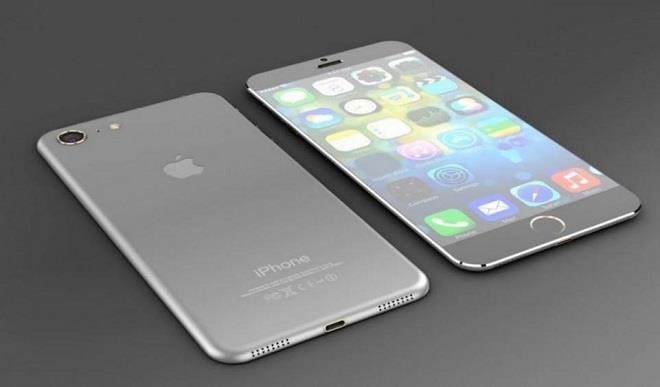iPhone 7/7Plus: To buy or not to buy?
Apple launched iPhone 7 and 7 Plus on 7 September 2016 and the phones became available for purchase on 16 September 2016. All these good stuff is happening to Apple while the company’s arch rival in the smartphone business, Samsung Electronics, is frantically going through the grinds trying to solve its Galaxy Note 7 problem. […]


Apple launched iPhone 7 and 7 Plus on 7 September 2016 and the phones became available for purchase on 16 September 2016. All these good stuff is happening to Apple while the company’s arch rival in the smartphone business, Samsung Electronics, is frantically going through the grinds trying to solve its Galaxy Note 7 problem. Galaxy Note 7 was found to burst into flames in dozens of cases all over the world because of a defective lithium battery. So, serious is the problem that travelers in developed countries are advised to not enter the plane with Note 7 phones in their person or in their luggage because of the fear of explosion. Quite unfortunate for Samsung, because by some objective measures, the Galaxy phones were assessed to be as capable as the iPhone 7/7Plus just released. At any rate, for now, Note 7 is non-issue for iPhone, as Samsung tries to pick up the pieces, which the media say the company is not doing too well. Samsung is in deep trouble – let’s just leave it at that!
So, should you buy iPhone 7 (4.7 inch screen size) or 7 Plus (5.5 inch screen size)? In the US, the two phones retail for approximately $650 and $770, respectively. Only God knows what it’s going to cost in India, or a country like Nigeria, where there are overheads of getting the phones to the country, not to mention the more serious problem of debilitating currency devaluation. With the Nigerian economy being what it is today – acute recession basically – not a whole lot of folks will be buying the iPhones at the anticipated price tags.
It is the case that iPhone 7/7Plus are evolutionary, not revolutionary, products. That is, they are just iterations on their predecessors – iPhone 6 and 6 Plus. So, you wouldn’t feel too bad if you can’t afford the phones at the moment. If times are hard for you, iPhone 7/7Plus look-alikes from China might just be what you’ll get.
Affordability notwithstanding, let’s peek at the differentiating features that the new iPhones have relative to the ones they are replacing. By far the new feature that has received the most attention in the media is the absence of a headphone jack in the new iPhone, the space for a headphone jack now being filled with battery and other stuff. So, in return, you have phones with a longer battery life, with the size of the phone unchanged. Compared to 6/6Plus, 7/7Plus have 5% and 14% longer battery life, respectively. I also learned that the Apple’s new processor (in iOS 10), which is already faster, is able to dynamically turn off stuff to save power. It’s rumored that in October 2016, Apple will begin selling its own $160 AirPods, which are wireless headphones.
The new iPhones are not available in 16 GB, as Apple is apparently harking to the voice of consumers who have been long frustrated by storage issues associated with the “meager” 16 GB. You can now choose from 32 GB, 128 GB, and 256 GB for both 7 and 7 Plus. Note that Apple does not allow you to stick in your our own MicroSD cards.
The water-resistance feature of the new iPhones has also received attention. Basically, the phones can survive 30 minutes under a meter of water. Folks have found that the phones could actually survive 90 minutes in a pool, though you are warned to not take the phone swimming. The phones were also found to survive fizzy orange, coffee spills or pools, as well as seawater, though you are advised to not use the phones for underwater photography! Also, exposing the devices to high velocity water – such as surfing or jet skiing – is a no-no. In countries where warranty is routine for your phones, liquid damage is not covered by the standard premium.
The improved camera in the new iPhones is considered by some to be the biggest deal; particularly the ability to take pictures in low light. This capability is a result of a new sensor, wide-aperture lens, and optical image stabilization on both 7 and 7 Plus. The dual-camera system in 7 Plus – the first iPhone to have two cameras – has received some headlines. It provides a built-in 2x optical zoom feature and is able to use a combo of parallax effect and artificial intelligence to separate the foreground from the background in order to simulate shallow depth of field. You will love iPhone 7 if you are a professional photographer, as the phone supports RAW image format, allowing for more control when you are editing photographs.
If you have always bought Android, you might consider waiting for a Galaxy update – after Samsung has fully resolved the battery issue with Note 7. After all, iPhone seems to be catching up to Galaxy S7 released six months ago, with respect to the camera and waterproofing features.
